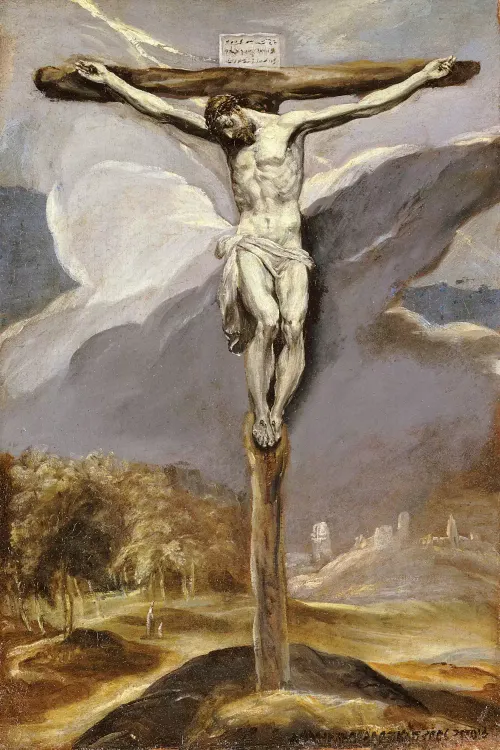Shamanism in Korea, known as “Muism” or “Sinism,”is a traditional folk religion that practiced for centuries. It involves the worship of gods, spirits, and ancestors, and shamanic rituals conducted by shamans called “mudang” (for females) or “baksu” (for males). These rituals, known as “gut,” are performed to communicate with the spiritual world for purposes such as healing, fortune-telling, and ensuring good fortune.

Key aspects of Korean Shamanism include:
- Rituals and Ceremonies: The “gut” ceremonies are elaborate rituals involving music, dance, and offerings. These performed to honor spirits, seek their blessings, or ward off evil.
- Spirits and Deities: Korean shamanism involves a wide pantheon of gods, spirits, and ancestors. These spirits are believed to inhabit natural objects like mountains, trees, and rivers, as well as human affairs.
- Shamans: Shamans are intermediaries between the human and spiritual worlds. They undergo rigorous training and believed to have the ability to enter trance states, allowing them to communicate with spirits.
- Healing and Divination: Shamans perform healing rituals to cure illnesses believed to be caused by spiritual disturbances. They also provide divination services to help individuals make important life decisions.
- Syncretism: Korean shamanism often blends with other religions like Buddhism, Confucianism, and Christianity. This syncretic nature allows it to coexist with other religious practices in Korea.

The Role of the Shaman
Shamans serve as healers, guides, and mediators between the human and spirit worlds. They often seen as the custodians of knowledge and tradition, playing a crucial role in maintaining the spiritual health of their communities. Their responsibilities can include:
- Healing: Shamans diagnose and treat spiritual ailments believed to be caused by disruptions or imbalances in the spiritual realm. This healing can involve a combination of rituals, herbal remedies, and energy work.
- Spiritual Journeys: By entering trance states, shamans embark on spiritual journeys to other realms. These journeys can involve interactions with deities, ancestors, and spirits to retrieve lost souls or seek solutions to problems affecting individuals or the community.
- Rituals and Ceremonies: Shamans conduct various rituals to honor spirits, seek blessings, and protect their community. These rituals are often elaborate, involving music, dance, and offerings.
Shamanism in Practice Today
Modern shamanism manifests in various forms, blending traditional practices with contemporary needs:
- Shamanic Healing: Practitioners use techniques such as soul retrieval, extraction of negative energies, and energy balancing to heal individuals. These methods often integrated with modern therapeutic practices, offering a complementary approach to health and well-being.
- Shamanic Journeying: This practice involves entering altered states of consciousness, often facilitated by drumming or meditation, to connect with spiritual guides and gain insights. Shamanic journeying is popular in workshops and retreats aimed at personal growth and spiritual development.
- Ecospirituality: Many modern shamans advocate for environmental stewardship, seeing the earth as a living, sacred entity. They engage in rituals and ceremonies to honor and protect the natural world, aligning with broader ecological movements.
- Cultural Revitalization: In indigenous communities, there is a growing movement to preserve and revitalize traditional shamanic practices. This involves documenting rituals, training new shamans, and integrating shamanism into educational and cultural programs.
Shamanism and Technology
Interestingly, the digital age has also influenced the practice and dissemination of shamanism. Online platforms and social media have enabled a global exchange of shamanic knowledge and practices. Virtual shamanic circles, webinars, and online courses allow people from all over the world to learn and practice shamanic techniques, fostering a sense of global community.
Challenges and Controversies
Despite its growing popularity, modern shamanism faces challenges and controversies. These include concerns about cultural appropriation. Where elements of shamanic traditions taken out of context and used superficially by those outside the originating culture. Ethical considerations regarding the authenticity and integrity of shamanic practices are also important, as the commercialization of shamanism can sometimes lead to exploitation or misrepresentation of these ancient traditions.
Conclusion
Shamanism’s enduring presence in the modern world speaks to its profound and universal appeal. Its holistic approach to healing, deep connection with nature, and spiritual richness offer valuable insights and practices for contemporary life. As we navigate the complexities of the modern world, the ancient wisdom of shamanism continues to provide guidance, healing, and a sense of interconnectedness that transcends time and culture.





